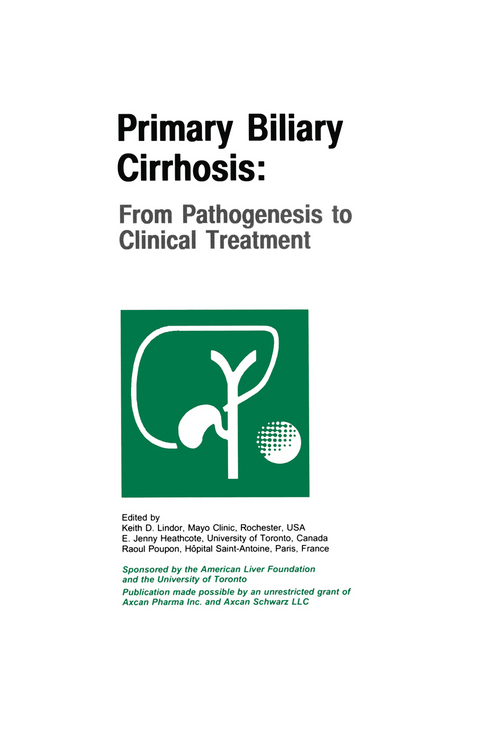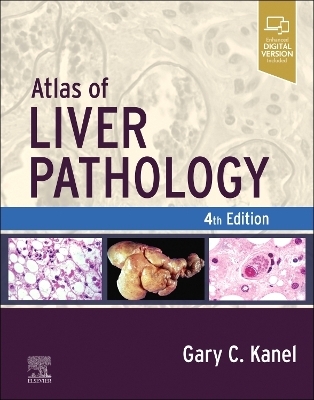
Primary Biliary Cirrhosis
Springer (Verlag)
978-0-7923-8740-4 (ISBN)
Section I: Natural History and Pathogenesis.- 1 Natural history and demography of primary biliary cirrhosis.- 2 Immune basis for PBC.- 3 Isolation and cloning of antimitochondrial antibodies.- 4 Significance of antimitochondrial antibody profiles in primary biliary cirrhosis.- 5 Chloride/bicarbonate exchange in PBC: a clue for pathogenesis?.- 6 Molecular considerations of primary biliary cirrhosis.- 7 Animal models of primary biliary cirrhosis.- 8 Fibrogenesis in PBC.- 9 Natural history models of primary biliary cirrhosis.- Section II: Management of Primary Biliary Cirrhosis.- 10 Portal hypertension in patients with primary biliary cirrhosis.- 11 Management of primary biliary cirrhosis: osteoporosis.- 12 Fatigue in the primary biliary cirrhosis patient.- 13 The pruritus of cholestasis: behavioral studies shed light on its pathogenesis.- 14 Old and new immunosuppressant drugs: mechanisms and potential value.- 15 Methotrexate and colchicine in the treatment of primary biliary cirrhosis.- 16 Corticosteroids in PBC.- 17 Ursodeoxycholic acid treatment of primary biliary cirrhosis: potential mechanisms of action.- 18 Ursodiol and combination therapy.- 19 Primary biliary cirrhosis transplantation and recurrent disease.- 20 New clinical trials in primary biliary cirrhosis: design and endpoints.
| Erscheint lt. Verlag | 30.4.1998 |
|---|---|
| Zusatzinfo | XV, 176 p. |
| Verlagsort | Dordrecht |
| Sprache | englisch |
| Maße | 155 x 235 mm |
| Themenwelt | Medizinische Fachgebiete ► Innere Medizin ► Hepatologie |
| ISBN-10 | 0-7923-8740-6 / 0792387406 |
| ISBN-13 | 978-0-7923-8740-4 / 9780792387404 |
| Zustand | Neuware |
| Haben Sie eine Frage zum Produkt? |
aus dem Bereich


